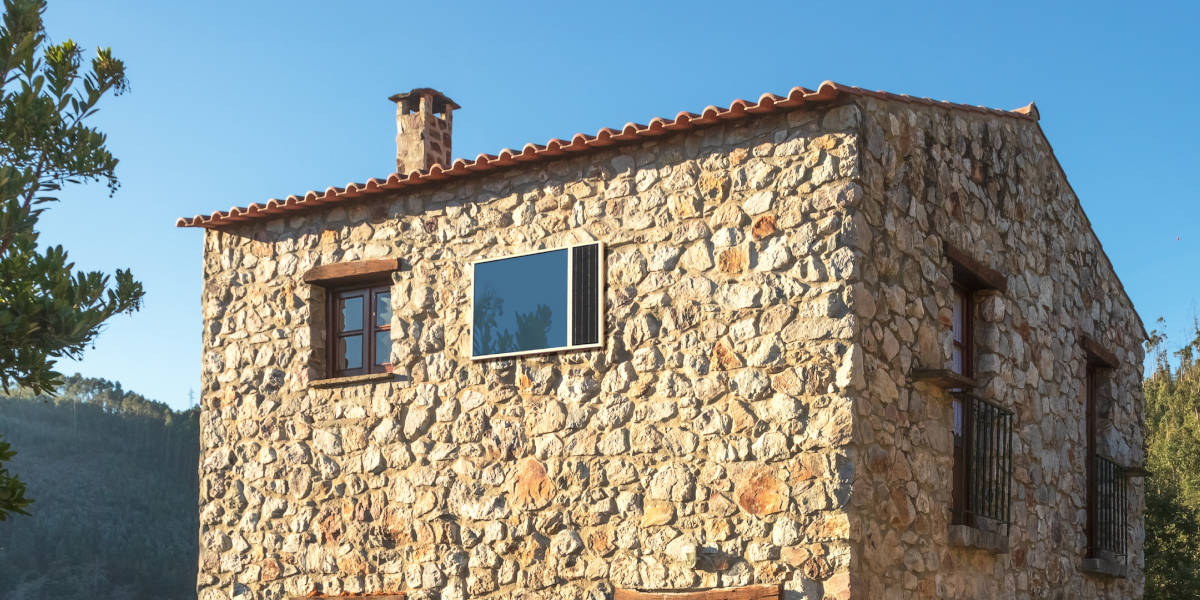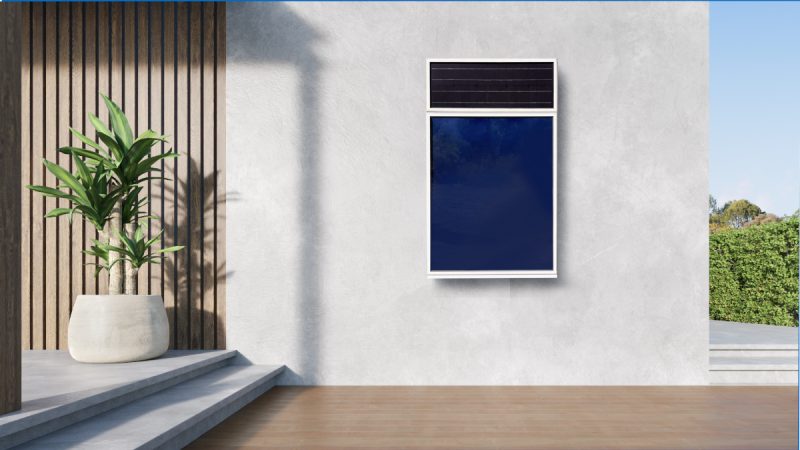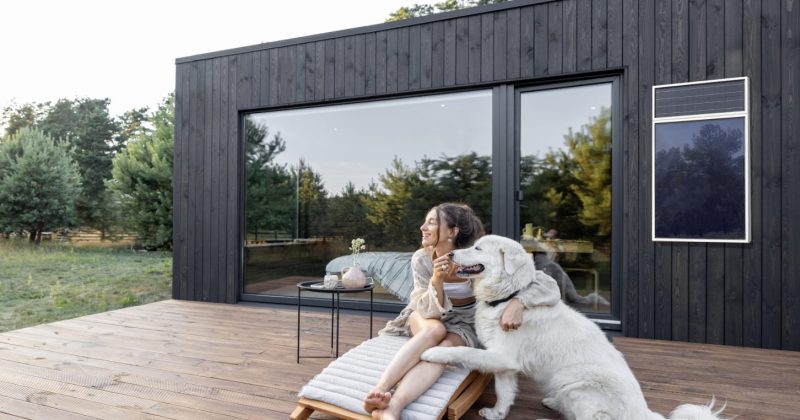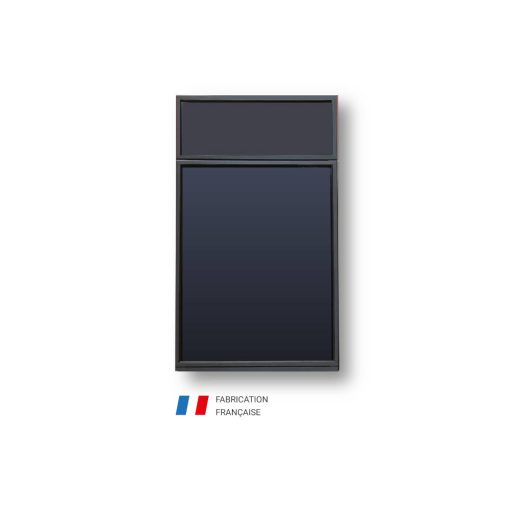News
Home dehumidification solutions
Home dehumidification solutions
The appearance of stains and mold, peeling wallpaper and flaking paint are all signs of a moisture problem inside your home. In this article, we’ll take a look at the main causes and existing solutions to remedy this problem.
Causes of high humidity in the home
The hygrometric rate allows you to assess the level of humidity in your home: the ideal rate is between 40 and 60% humidity. When the humidity level exceeds 70%, you’ll notice the effects of humidity inside your home: stains on walls and ceilings, swelling of paint or wood, mold, condensation on windows, odors. Air that’s too humid isn’t good for your health, and can lead to respiratory problems, joint problems and chronic illnesses.
The causes can be multiple and combined. The problem often stems from poor ventilation, which can’t eliminate the humidity produced daily by household life (cooking, showering, bathing, breathing). Windows with poor-quality glazing can also be a source of moisture. Finally, a major cause is water infiltration of all kinds that can occur in a house: roof, walls, rising from the ground or cellar, or leaks in the water circuit. For second homes inhabited only occasionally, lack of ventilation and heating are often one of the main causes of dampness.
Home ventilation
A well-ventilated house is an effective protection against humidity. Ventilation grids should be installed on the lower parts of your walls to let fresh air in, and on the upper parts to let humid air out. Air will circulate naturally between these ventilation grilles, but for a more effective effect, you can opt for a forced ventilation system.
Controlled mechanical ventilation (CMV) ensures continuous air renewal without heat loss. Mechanical ventilation systems (VMI) also heat the air entering your home, depending on room temperature and humidity. Finally, reversible air-conditioning systems heat the home without condensation and absorb humidity by drying the air. In any case, simply open your windows for ten minutes a day to renew the air and eliminate excess humidity.

A back-up solution with air dehumidifiers
Air dehumidifiers can be used to control the humidity in a room or house and get rid of ambient moisture. This equipment doesn’t prevent humidity from appearing, but it does make the house more comfortable to live in. There are various types of dehumidifier on the market.
For a single room, a simple moisture absorber with no electrical connection will do the trick. This device uses silicate gel to absorb moisture and a reservoir to recover the captured water. The silicate gel refill should then be changed regularly and the water tank emptied.
The absorption air dehumidifier or air dryer uses a blower to send humid air to silicate gel, which removes its high moisture content. Once dry, the air flows back into the room. The silicate gel is heated to its normal state, while the water vapor is converted to water and discharged.
Condensing air dehumidifiers work with a fan that draws in humid air. The water in the air condenses in an evaporator and is then evacuated, the air is then heated by a condenser and finally returned to the room. This type of dehumidifier can be used in winter, as the air in the room will not be cooled. Condensing air dehumidifiers can be used to control the humidity level in a room or house if placed in a cellar or basement, where there is no ventilation.
For second homes, where the dehumidifier needs to run for long periods without interruption, there are models with a pump to discharge the water into a sink, for example. In the event of a power cut, consider a model capable of restarting automatically while maintaining dehumidification settings.
A sustainable solution with aerothermal solar panels
An aerothermal solar panel captures and absorbs the sun’s heat to propel up to 200m3 per hour of warm air into a room. The flow of warm air reaches a temperature of +20°C to +40°C, depending on the intensity of the sunshine. The most efficient models are equipped with temperature and humidity sensors, enabling them to automatically regulate the humidity level in a room all year round. By replacing room air with dry air, humid air is naturally evacuated from the home.
Electric dehumidifiers have a not inconsiderable energy cost: depending on the model, they require between 2 and 4 euros of electricity per day. The aerothermal solar panel is a system that provides ventilation, heating and dehumidification completely free of charge and autonomously, as the fan and control system are powered by an integrated photovoltaic solar panel. Another advantage is that maintenance is reduced to cleaning the air filter once a year, and the service life of such a system is at least 25 years.





